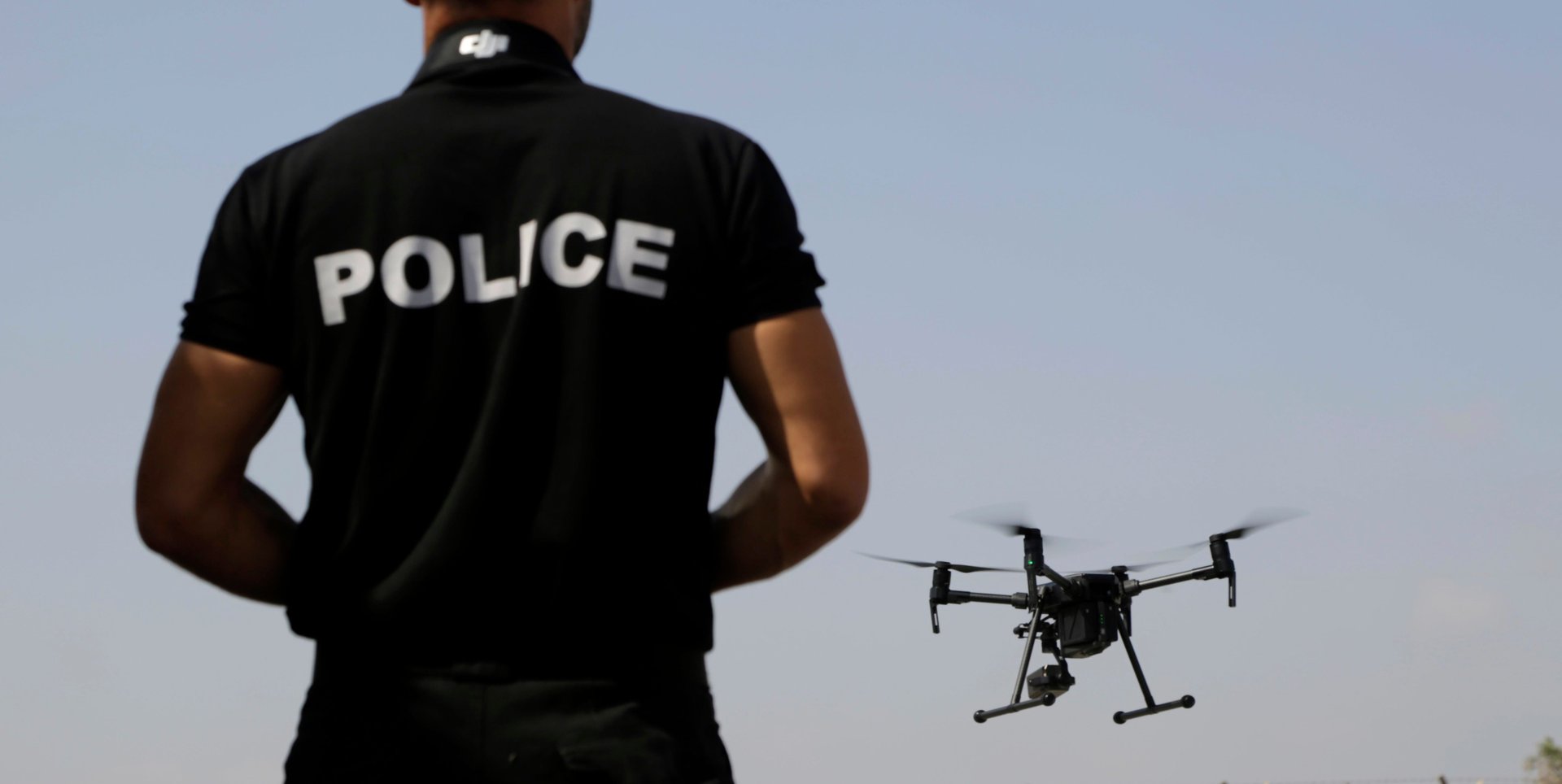Drones would boost border security better than a wall ever could
We get it. The fight over the wall isn’t really about a wall. It’s about symbolism. Resentment. Fear of change. It’s a way to demonstrate who you are in one simple concept. And since politicians rise and fall based on their ability to motivate voters, neither the Democrats in Congress nor US president Donald Trump want to lose the issue.


We get it. The fight over the wall isn’t really about a wall. It’s about symbolism. Resentment. Fear of change. It’s a way to demonstrate who you are in one simple concept. And since politicians rise and fall based on their ability to motivate voters, neither the Democrats in Congress nor US president Donald Trump want to lose the issue.
But if we put politics aside just for a moment, isn’t it worth asking whether building a wall is even the best way to secure the border?
Whether it’s poured concrete, metal slats, mesh fencing, or anything else, it’s just a wall. People climb over walls. They tunnel under them. They go around them. It’s literally the base case for human ingenuity. A wall made sense for China a few thousand years ago. Things have changed since then. So maybe the question we should be asking isn’t “Should we or shouldn’t we have a wall?” but instead “Is there any way to use technology to secure the border a lot better?”
We think there is.
The goal of the wall, as we’ve been led to understand, is mainly to block the flow of people immigrating into the United States without permission. The wall isn’t intended to stop the flow of drugs or to deter invading armies: It’s to isolate those individuals crossing the border without proper documentation and turn them away.
Couldn’t you do that with drones? As the CEO of a drone software visualization company and a venture capitalist who protects startups from political risk, we believe that you not only can—doing anything else would be a massive waste of taxpayer money.
The concept here is pretty simple: identify and turn away. A wall doesn’t have eyes, and it certainly doesn’t have the perspective necessary to contextualize what is actually happening on the ground and alert the proper authorities immediately. Drones do.
Monitoring the thousands of miles that comprise the US-Mexican border is a daunting exercise if your plan is to build a wall, hope no one knows how to get around it, and try to deploy enough manpower to cover that stretch of land. Drones can serve as razor-sharp eyes in the sky, seeing everything moving on the ground miles below, constantly feeding back information to Border Patrol. But even more important is that when outfitted with advanced visual intelligence technology, drones can process what they’re seeing and add relevant geospatial data in real-time, such as the identification of people, locations, and cargo.
When drone video footage with this type of insight can be delivered quickly to protective services, appropriate action can be taken. Border Patrol will know exactly what situation they’re walking into every single time. The application of this type of cutting-edge technology—which is already in the US government’s portfolio—could be used to protect the country and its people. And it’s a lot cheaper and more efficient than a wall.
In a surprise appearance at a White House press briefing yesterday (Jan. 3), Trump said that drone efforts could be used in addition to his planned wall, but not replace it. “Having drones and various other forms of sensors, they’re all fine, but they’re not gonna stop the problems that this country has.” (The president also claimed “I know more about drones than anybody.”
Late last year, two days into the US government shutdown, Trump took to Twitter to proclaim the same notion.
But the case for drones instead of a hulking wall is not a far-fetched one. In 2017, US Customs and Border Protection broke a record by flying more drone missions along America’s borders than ever before, completing 635 missions totaling over 5,625 hours of flight. Since then, drones have only gotten smarter and more powerful, allowing for more situational awareness embedded into video footage, increased security for captured footage, and incredibly formidable detection capabilities.
So why can’t we set up dispatch points across the entire southern border? Federal, state, and local personnel could spot people crossing miles before they actually arrive, and then have officers turn them away. Based on the $21.6 billion estimate from the Department of Homeland Security to build the wall, you could have 10,000 people patrolling the southern border every day for the next 15 years and still have $6.6 billion left over to buy the technology they’d need. And if you deployed self-driving military vehicles and UAVs, you could ultimately do even more for less.
Yes, this probably isn’t the best time for technology advocates to lecture government about efficacy or transparency. But that doesn’t mean we should turn a blind eye to the advantages afforded by potentially game-changing technologies.
If Congress could pass a more sensible, comprehensive immigration reform, that’d be great. But that’s not what this shutdown is about. If Congress and Trump want to better secure the borders, they should be looking for the most effective solution. Technology, not concrete, can actually work and solve the problem.
Follow Bradley Tusk on the Quartz app.